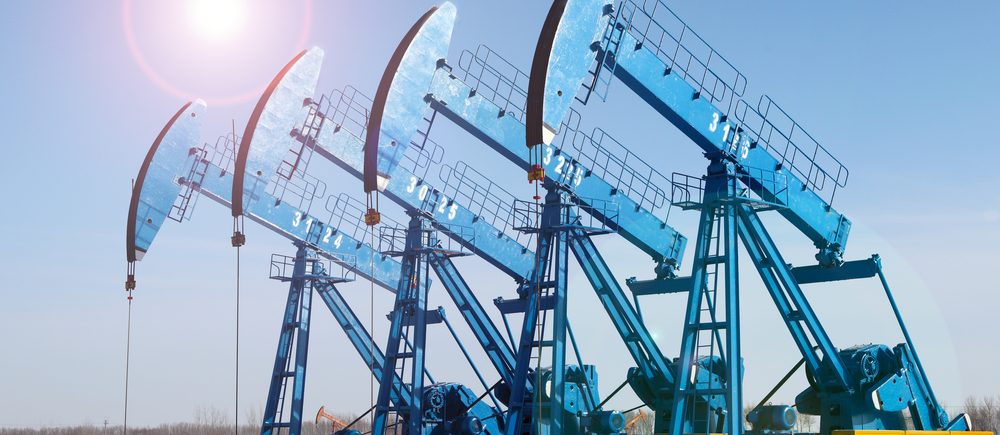Oil prices rebounded modestly on Tuesday, recovering from their sharp decline in the previous session as traders assessed signs of an oversupplied market and monitored ongoing developments in the U.S.–China trade dispute.
At 10:19 GMT, Brent crude futures rose 52 cents, or 0.84%, to $61.52 a barrel, while U.S. West Texas Intermediate (WTI) for November delivery, which expires later Tuesday, climbed 53 cents, or 0.9%, to $58.05. The more actively traded December WTI contract was up 0.9% to $57.54.
Oil Recovers After Slumping to Five-Month Low
Monday’s losses pushed crude benchmarks to their lowest levels since early May, weighed down by fears of slowing demand growth and rising supply, exacerbated by renewed U.S.–China trade frictions. The world’s two largest oil consumers remain at odds over tariffs, technology access, and export controls, clouding the demand outlook.
Both Brent and WTI futures have now shifted into contango, where near-term prices are lower than future delivery contracts—a market structure typically signaling ample supply and soft demand.
On the physical market, unsold cargoes and widening discounts in West African crude grades further illustrated the weakening demand backdrop, according to Janiv Shah, Vice President of Oil Markets at Rystad Energy.
Supply Concerns Deepen Amid OPEC+ Output Increase
Crude prices have fallen steadily since late September as OPEC+ producers, including Russia, pressed ahead with plans to increase output, despite a sluggish demand recovery.
The International Energy Agency (IEA) last week projected a potential global surplus of nearly 4 million barrels per day by 2026, warning that a sustained supply build could test storage capacity if demand fails to pick up.
Still, analysts at UBS cautioned that fears of a major glut may be overstated. “The futures curve doesn’t yet reflect a ‘super contango,’ which would signal extreme oversupply,” said Giovanni Staunovo, noting that market structure remains relatively balanced.
U.S. Inventory Data in Focus
Adding to supply worries, a Reuters poll showed that U.S. crude stockpiles likely rose last week, ahead of official data from the American Petroleum Institute (API) and Energy Information Administration (EIA).
Early data suggested a 3.5 million-barrel build, driven by lower refining runs as plants enter maintenance season, even as gasoline and diesel inventories fell more than forecast.
Trade Developments Could Offer Price Floor
Market sentiment could improve if the U.S. and China make progress toward resolving trade tensions. Investors are watching for the upcoming meeting between President Donald Trump and President Xi Jinping in South Korea next week, which could determine whether tariff escalations give way to renewed cooperation.
For now, traders remain caught between bearish supply signals and flickers of diplomatic optimism, leaving crude prices range-bound ahead of key inventory and trade updates later in the week.
 Noor Trends News, Technical Analysis, Educational Tools and Recommendations
Noor Trends News, Technical Analysis, Educational Tools and Recommendations





